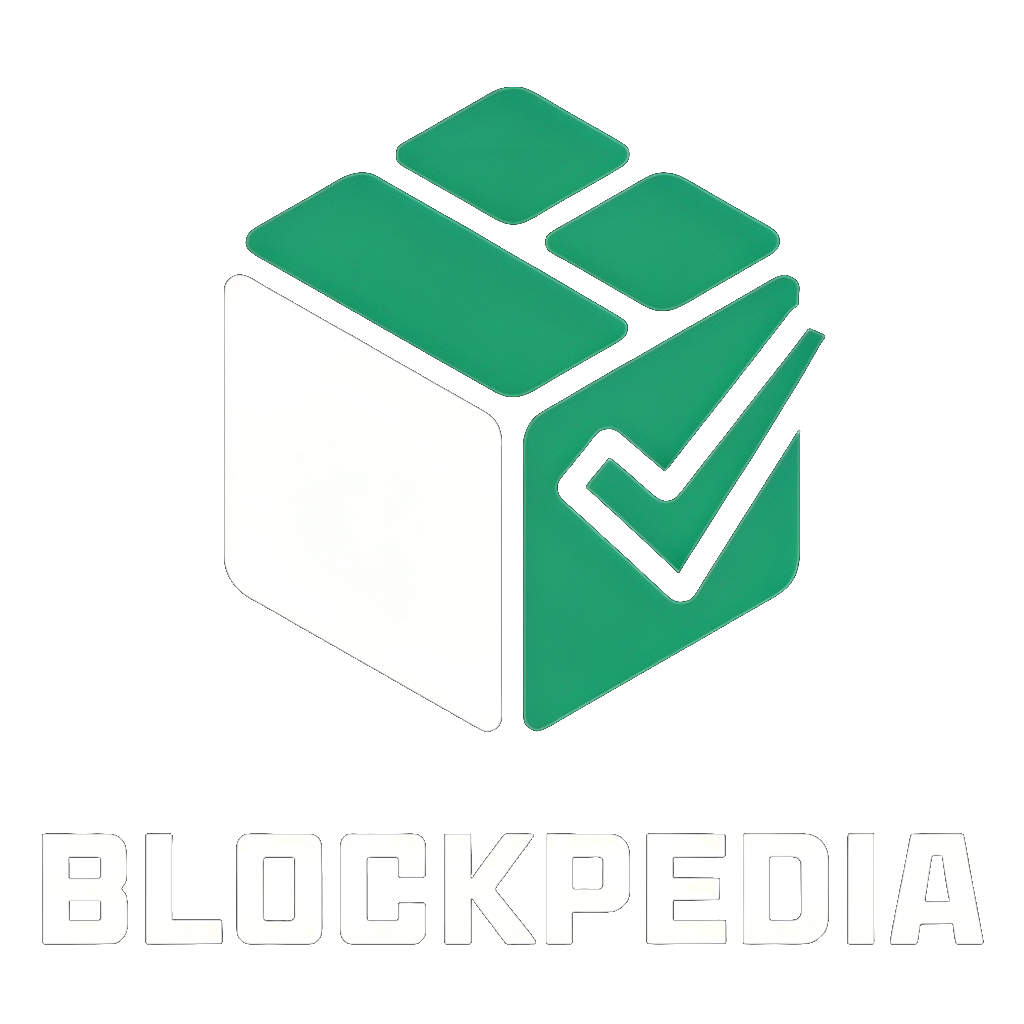Real-World Assets (RWA) in the Crypto Sector
Overview
Real-World Assets (RWAs) refer to physical or tangible assets, such as real estate, commodities, and financial instruments, that are tokenized and integrated into the blockchain ecosystem. The primary goal of tokenizing RWAs is to bridge the gap between traditional finance (TradFi) and decentralized finance (DeFi), enabling greater liquidity, accessibility, and transparency.
Background
Tokenization involves representing ownership or value of an asset as a digital token on a blockchain. This innovation emerged as a response to inefficiencies in traditional markets, such as illiquidity, high transaction costs, and lack of global accessibility. The concept of RWAs gained traction as blockchain technology matured and began to be adopted by enterprises, financial institutions, and governments.
Types of Real-World Assets in Crypto
- Real Estate
- Tokenized real estate allows investors to purchase fractional ownership of properties, making real estate investments more accessible.
- Examples: Tokenized commercial buildings, residential properties, and land.
- Commodities
- Gold, silver, and oil are tokenized to provide investors with exposure to physical assets without the logistical burden of storage.
- Examples: Paxos Gold (PAXG) and Tether Gold (XAUT).
- Financial Instruments
- Bonds, stocks, and other securities can be tokenized, creating new opportunities for decentralized trading.
- Examples: Tokenized debt instruments or tokenized equity.
- Art and Collectibles
- High-value art and rare collectibles can be tokenized, enabling fractional ownership and global trade.
- Examples: Tokenized paintings and sculptures.
Benefits of Tokenized RWAs
- Liquidity: Tokenization enables fractional ownership, increasing the liquidity of traditionally illiquid markets like real estate and art.
- Accessibility: Small-scale investors can access high-value asset classes without significant capital requirements.
- Transparency: Blockchain’s immutable ledger ensures transparent ownership records and transaction history.
- Efficiency: Automated processes via smart contracts reduce operational costs and eliminate intermediaries.
Challenges and Risks
- Regulatory Compliance: The legal frameworks for tokenized RWAs vary globally, posing hurdles to adoption.
- Valuation and Custody: Determining fair market value and secure custody of tokenized assets remain complex.
- Technology Risks: Issues like smart contract vulnerabilities and blockchain scalability must be addressed.
- Adoption: Bridging the gap between blockchain innovation and traditional finance requires education and trust-building.
Major Platforms and Projects
- MakerDAO: Supports RWAs as collateral for loans in its DeFi ecosystem.
- RealT: Focuses on tokenized real estate properties in the United States.
- Centrifuge: Bridges real-world assets to DeFi, enabling businesses to tokenize their assets for liquidity.
Future Outlook
The tokenization of RWAs is poised to transform financial markets by democratizing access, unlocking new liquidity, and fostering innovation. As blockchain adoption grows and regulatory clarity improves, RWAs are expected to play a central role in integrating decentralized and traditional finance ecosystems.
